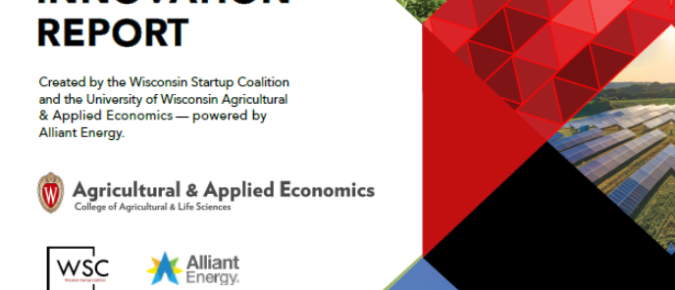Using 2022 county sales tax data, we examine the strength and weaknesses of Wisconsin retail and service markets through the application of the tools of Trade Area Analysis.
Using 2021 county sales tax data, we examine the strength and weaknesses of Wisconsin retail and service markets through the application of the tools of Trade Area Analysis. Only those counties that have elected to collect the optional county sales tax are included in the analysis. Because sales tax data are used one must keep in mind that the analysis focuses only on taxable sales and may not reflect the total level of activity in the county. Using Pull Factors and measures of Surplus and Leakage the relative strengths, and weaknesses, of local retail and service markets are identified.
As we near the third anniversary of its start, the COVID‐19 pandemic has been a global health challenge with
far‐reaching political, economic, and sociological implications. The loss of life and health has been immense. The U.S. death toll from COVID‐19 exceeded one million in May 2022, and research indicates that roughly 20% of adults have at least one health condition related to a previous COVID‐19 infection.
EXECUTIVE SUMMARY May 2022 — Innovation moves the economy forward. Innovations are new products, processes, or services that create value for customers. Innovations often signal an improvement over a past model or way of doing things. Innovations can be significant, disrupting the status quo. Many innovations, however, are modest, offering small increases in quality of […]
EXECUTIVE SUMMARY May 2020 — Using 2019 county sales tax data, we examine the strength and weaknesses of Wisconsin retail and service markets through the application of the tools of Trade Area Analysis. Only those counties that have elected to collect the optional county sales tax are included in the analysis. Because sales tax data […]
EXECUTIVE SUMMARY October 2019 — The intent of this study is to update prior analysis documenting the contribution of hospitals to the Wisconsin economy. For this update we use the most recently available data (2016) and expand the analysis to also consider non-hospital related health care sectors. The health care sector remains one of the […]
EXECUTIVE SUMMARY October 2019 — This study provides an update of the Contribution of Agriculture to the Wisconsin Economy undertaken by Deller (2014) using data for 2017, the most current available. Despite currently weak commodity prices, particularly within dairy, agriculture (defined to include on-farm activities, food processing, forestry and horticulture) remains an important part of […]
For the updated Trade Area Analysis (TAA) of Wisconsin counties we use the sales tax data as reported by the Wisconsin Department of Revenue for 2017. Only those counties that have elected to collect the optional county sales tax are included in the analysis. Because sales tax data are used one must keep in mind that the analysis focuses only on taxable sales and may not reflect the total level of activity in the county. Using Pull Factors and measures of Surplus and Leakage, the relative strengths and weaknesses of local retail markets are identified. An example of how to explore changes in Pull Factors over time to identify strengths, weaknesses, opportunities and potential threats is also provided.
EXECUTIVE SUMMARY August 2018 — For updated Trade Area Analysis (TAA) of Wisconsin counties we use the sales tax data as reported by the Wisconsin Department of Revenue for 2017. Only those counties that have elected to collect the optional county sales tax are included in the analysis. Because sales tax data are used one […]
EXECUTIVE SUMMARY July 2018 — Since the start of the Great Recession, the death rate of Wisconsin businesses with employees (i.e. employer businesses) has outpaced the startup rate. As a result, after almost three decades of growth, the number of businesses with employees in Wisconsin started to decline in 2007.New employer businesses are a critical […]














